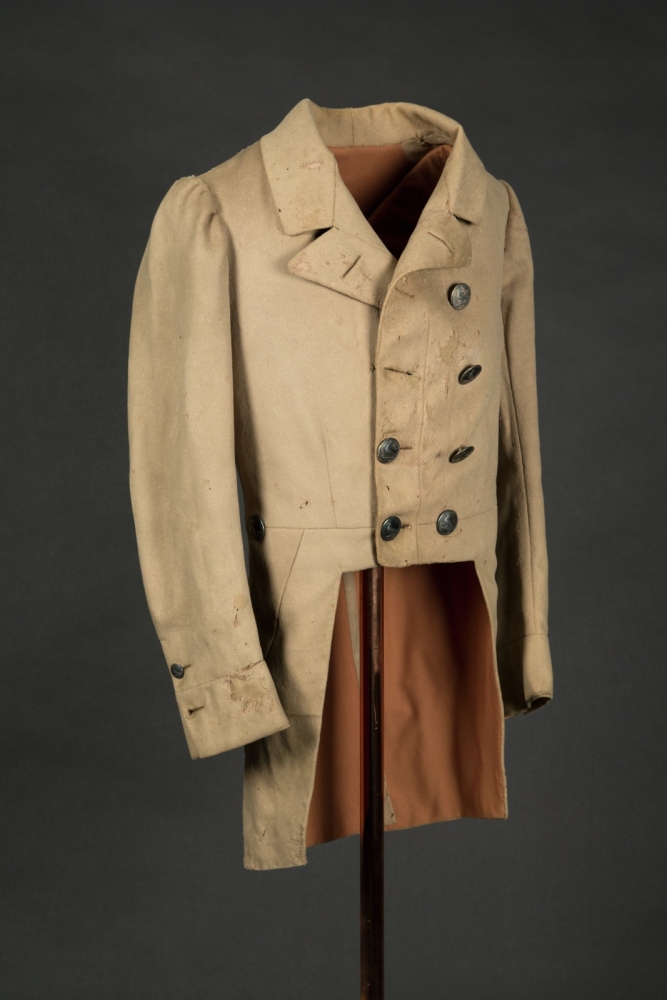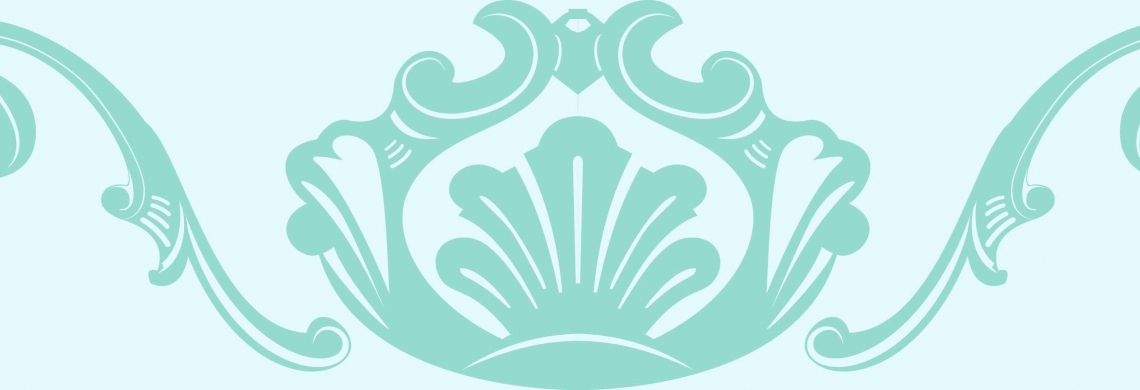 Most objects in the DAGS database were either made by enslaved people of African or Native American ancestry or purchased with money made through the brutal system of enslaved labor. By 1860, nearly two million people were enslaved in Louisiana, Mississippi, and Alabama. Gulf South plantations were elegant homes for wealthy slave owners, but for the people they enslaved, plantations represented captivity, torture, sexual assault, and family separation. DAGS explores the material culture of the world that both people in bondage and their white enslavers shaped.
Most objects in the DAGS database were either made by enslaved people of African or Native American ancestry or purchased with money made through the brutal system of enslaved labor. By 1860, nearly two million people were enslaved in Louisiana, Mississippi, and Alabama. Gulf South plantations were elegant homes for wealthy slave owners, but for the people they enslaved, plantations represented captivity, torture, sexual assault, and family separation. DAGS explores the material culture of the world that both people in bondage and their white enslavers shaped.
Image: Livery coat worn by an unknown enslaved man; between 1857 and 1865; wool, silver buttons; by Brooks Brothers (New York, NY); provenance: Dr. William Newton Mercer (Natchez and New Orleans); THNOC, 2013.0115.1; DAGS database: CIS-2011-0143
Enslaved people’s possessions are rare finds today, but the tools they used and furnishings they crafted remain evidence of their lives and labor. Many utilitarian objects on plantations were created on-site by enslaved blacksmiths, coopers, and carpenters, whose knowledge and abilities were highly valued. Their hands built the Gulf South, and we seek out their stories in archival records and in the objects they left behind.
Learn more in this recording of a DAGS virtual roundtable discussion on “Documenting Black Material Culture” featuring Black Craftspeople Digital Archive founder Dr. Tiffany Momon in conversation with Dr. Tara Dudley of the University of Texas at Austin and Joseph McGill Jr., founder and director of the Slave Dwelling Project.

